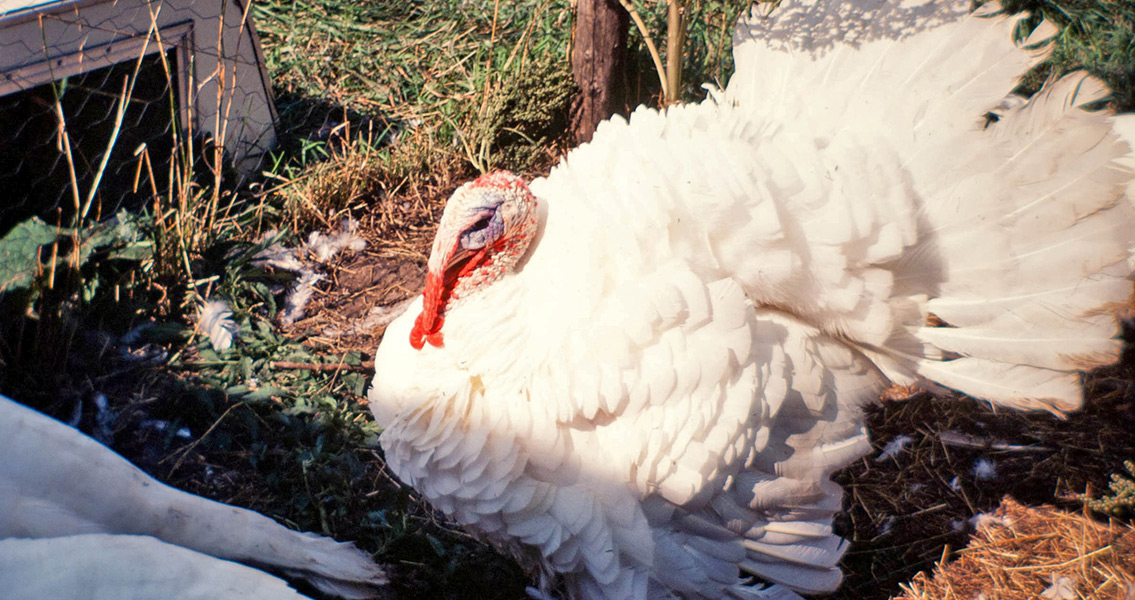<![CDATA[It’s not surprising that there were once turkeys at a site called Turkey Pen Ruins; in fact turkeys were raised by Native Americans at this ancient Utah site during what is commonly known as the Basketmaker II period (late BCE to early CE). What is surprising are the findings reported by researchers that the people living at that time rarely, if ever, ate the large birds. Evidence shows the turkeys were raised for their highly sought-after feathers. The study involved in-depth analysis of human hair recovered from the site and dated to the Basketmaker II period. Certain known amino acid signatures are directly related to a person’s diet, in other words, find a particular amino acid and you’re given precise clues as to the diets of early humans. The research represents one of the first analyses of human hair from the American Southwest, and the Journal of Archaeological Science has accepted the report for publication. Overall, the findings indicate that Native Americans from the Ancestral Pueblo Tradition (often referred to as the Anasazi) relied heavily on corn for their diet. In fact, according to one of the study’s co-authors, approximately 80% of the Anasazi's protein and calories were from maize. Up to at least 400 CE it’s likely that people prepared the maize by boiling it in limewater – thereby increasing the availability of the essential amino acids to be absorbed. The same “nixtamalized maize” is still used today to make tortillas. No evidence of tortilla making has been found at the site, leaving researchers to speculate that the hominy was more likely eaten as a stew, using chenopod leaves as greens. The hair analysis supports earlier studies performed on feces and skeletons from the period which indicate that people did consume meat. Evidence of large animals being killed and eaten on the site has been discovered, such as mountain sheep and deer. The study also suggests that amaranth, rice grass, pine nuts, and squash were regularly included in the Anasazi diet. As for the turkeys, these birds were far too valuable to the developing technology of blanket making to be served as dinner. The study explains that before turkeys were kept as livestock, blankets were constructed with strips of rabbit skin (fur still attached) wrapped around cords. During the Basketmaker II period people started making blankets using turkey feathers wrapped around cords and fastened with yucca fiber, these ‘fuzzy ropes’ were then joined together to produce the blanket. Turkeys molt an average of three times a year, so it wasn’t necessary to kill them to harvest their feathers, and it wouldn’t have required people to feed and keep a large number of the birds to meet the demand for feathers. In addition, the Native Americans valued the turkeys to the point that they buried them upon death. Several archaeological burial sites have been discovered in the North American Southwest. This suggests to researchers that turkeys had a symbolic importance to the Anasazi and helps explain the lack of evidence pointing to their consumption. The feathers were also integrated into headdresses, robes, and other symbolic/spiritual decorations. Despite the usefulness of the turkeys, scientists remain bewildered as to why they were raised but not consumed, especially by a group of people who likely suffered from protein deficiency occasionally. Raising the turkeys for their feathers doesn’t preclude eating them – as millions of thanksgiving dinner participants will testify. ]]>
Native Americans and Turkeys: It Was All About the Feathers
